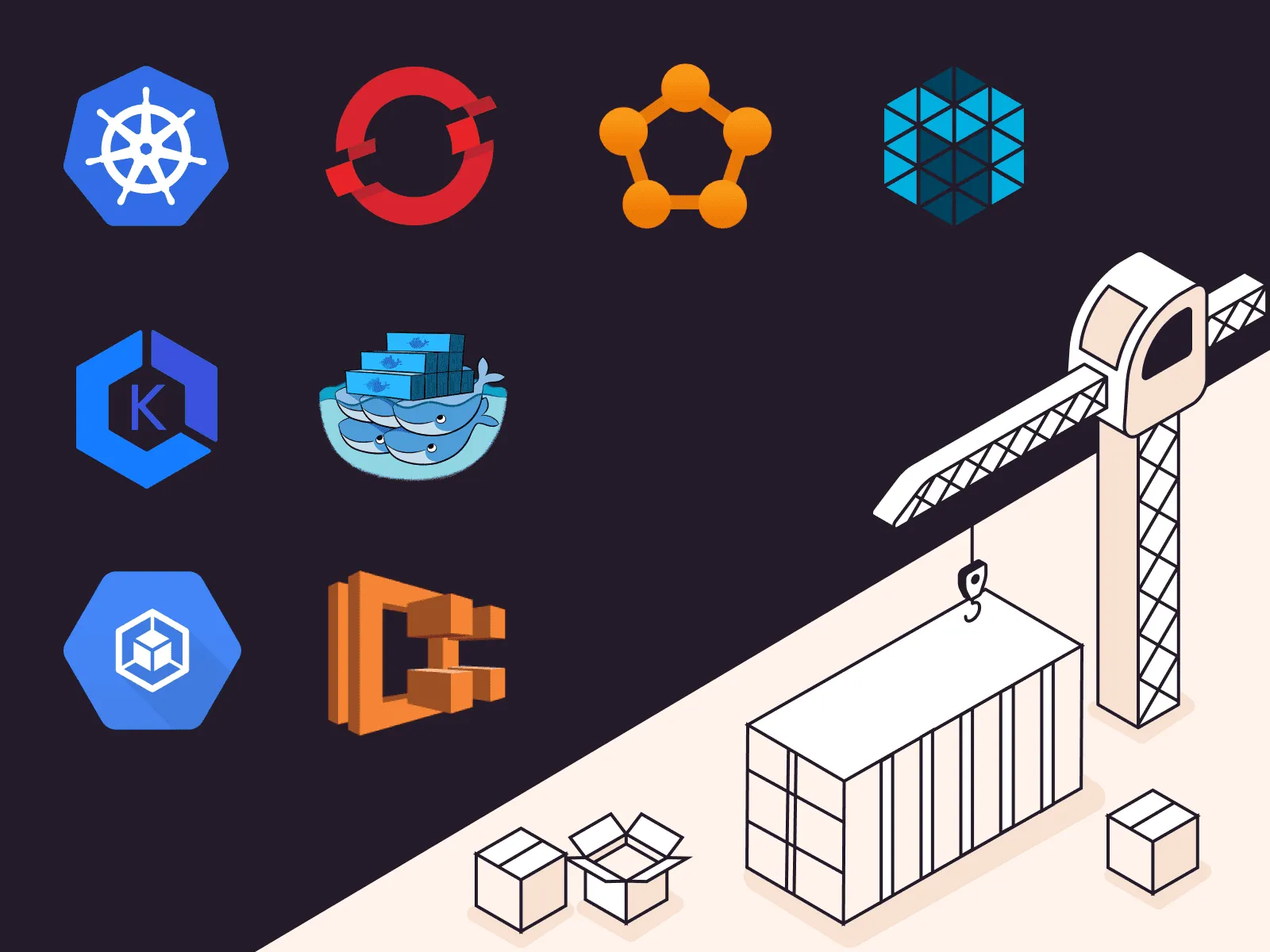Imagine you are managing a web application. At first, everything is simple with just a few small containers. You can handle them manually. But as your app becomes popular and traffic surges, you need hundreds or even thousands of containers running across multiple servers.
At this point, manual management becomes a nightmare: Which containers are running? Which have stopped? How do they communicate? How can you upgrade the app without causing downtime?
This is where Container Orchestration steps in like a skilled conductor, turning chaos into a smooth and efficient symphony. 🎵

In Simple Terms: Container Orchestration is a Conductor
To visualize, think of your system as a giant orchestra:
- Each Container is a Musician: Each musician (container) is responsible for playing a part (handling a task, like cart processing, user authentication, etc.).
- The Cluster is the Stage: Where the musicians perform.
- Config File is the Sheet Music: Detailed instructions for each musician on what and when to play.
- Container Orchestration is the Conductor: The conductor doesn't play any instrument. Instead, they coordinate the whole orchestra: ensuring musicians start on time, play the right notes, replace anyone who gets tired or makes mistakes, and adjust the volume (scale up/down) as needed based on the music (traffic).
Technically, Container Orchestration is the process of automating the entire lifecycle of containers, including deployment, management, scaling, networking, and ensuring availability of containerized applications.
Why is Container Orchestration Essential?
Without a conductor, your orchestra faces countless problems. Similarly, running containers at scale without orchestration tools leads to huge challenges:
- Complex manual operations: Suppose a container fails at 3 AM. Who will wake up to restart it? Orchestration tools automatically detect and replace failed containers instantly.
- Scaling difficulties: During a big promotion, traffic spikes. What do you do? Add containers by hand? With orchestration, you just define a rule: "if CPU exceeds 80%, automatically add 10 more containers." Everything happens automatically.
- Chaotic networking: How does container A (order processing) find and securely send data to container B (payment) when their IPs keep changing? Orchestration creates a stable virtual network, making service discovery and communication easy.
- Risky software updates: Updating hundreds of containers at once can crash the system. Advanced deployment strategies like Rolling Update or Blue-Green Deployment are built-in, ensuring zero-downtime upgrades.
- Resource waste: How do you optimally place containers on servers so none are overloaded or underused? The orchestration "conductor" smartly schedules containers, optimizing hardware usage and saving costs.
The Most Popular Container Orchestration Platforms 🏆
The world of Container Orchestration has many tools.

But in this article, let's focus on the three giants dominating the market:
1. Kubernetes (K8s)
The undisputed king. Created by Google and now an open-source project under the Cloud Native Computing Foundation (CNCF), Kubernetes is the industry's de-facto standard.
- Strengths: Extremely powerful, flexible, huge ecosystem, and strong community support. It offers every feature you can imagine for running the most complex systems.
- Weaknesses: Complex to learn and set up initially. Sometimes considered "overkill" for small apps.
- Best for: Almost any scale, from growing startups to large enterprises needing maximum reliability and scalability.
2. Docker Swarm
Docker Inc.'s "homegrown" solution, integrated directly into Docker Engine.
- Strengths: Very easy to use and set up. If you're familiar with Docker, you can learn Swarm in an afternoon.
- Weaknesses: Fewer advanced features than Kubernetes, smaller ecosystem, and less active community development.
- Best for: Small to medium projects, teams wanting a simple, quick solution without complex orchestration needs.
3. Amazon ECS (Elastic Container Service)
A fully managed container orchestration service by Amazon Web Services (AWS).
- Strengths: Deep, seamless integration with the AWS ecosystem (VPC, IAM, Load Balancer, etc.). Amazon handles all the "stage management," so you can focus on your "orchestra."
- Weaknesses: Locked into AWS (vendor lock-in). Can't run on other clouds or on-premises.
- Best for: Companies committed to AWS as their main cloud platform.
Benefits of Adopting Container Orchestration 🚀
Investing in a container orchestration system not only solves technical problems but also brings major business benefits:
- Faster development: Automated deployment processes help developers bring new products to market faster.
- Cost optimization: Smartly "packing" containers onto servers maximizes hardware usage and reduces the number of servers needed.
- Increased reliability: Self-healing and auto-scaling ensure your app is always available and stable, even during hardware failures or traffic spikes.
- Portability: Platforms like Kubernetes let you run your app anywhere – on-premises, on any cloud provider (AWS, Google Cloud, Azure), or hybrid-cloud – with minimal changes.
Conclusion: Container Orchestration is No Longer Optional
Container Orchestration is no longer a luxury – it's a must-have for building and operating modern applications, especially microservices architectures. It's the brain and central nervous system that manages complexity, ensures stability, and accelerates development.
Just as you can't run a symphony without a conductor, you can't operate large-scale container systems without orchestration tools. Choosing the right "conductor" like Kubernetes or Docker Swarm will determine the success of the application symphony you're building.
![[Advanced Docker] Protect Your Application: Security Best Practices in Docker](/images/blog/security-in-docker.webp)
![[Docker Basics] What is Docker? How has it changed the programming world?](/images/blog/what-is-docker.webp)
![[Advanced Docker] Kubernetes: When Do You Really Need This "Giant"?](/images/blog/when-to-use-kubernetes.webp)
![[Docker Basics] Docker Volumes: How to Store and Manage Data](/images/blog/understanding-docker-volumes.webp)